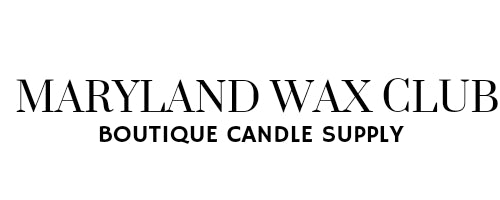Understanding IFRA Fragrance Categories: A Guide for DIY Cosmetics
Demystifying the IFRA: A Guide for DIY Cosmetics
Bottom Line Up Front! You must use the industry accepted percentage of oil for the product you are creating. The IFRA percentages identify the amount of oil that will cause skin irritation, it is not the amount to be used to make a product. Never go over the maximum amount to avoid legal woes. The max on the ifra is often way more than industry standard. Remember, stick to the amount that the industry uses not the amount on the IFRA. Ok, I'm off of my soap box.
Bonus Tip, yes bonus. If the max % on the ifra is too close to the industry amount, you may want to skip usage to avoid irritation and performance issues. This is especially true for leave on products like lotion.
When creating your own cosmetics, it's crucial to understand the International Fragrance Association (IFRA) guidelines. These guidelines ensure the safety of fragrances in cosmetic products. A key part of the IFRA standards is the use of fragrance categories. These categories help classify fragrances based on their potential for skin sensitization and other safety concerns. This guide will delve into the IFRA fragrance categories commonly used in DIY cosmetics.
Understanding IFRA Fragrance Categories
IFRA categories are assigned a numerical code and a brief description. The numbers indicate the maximum permitted concentration of the fragrance in a finished product. For instance, Category 1 is the most restricted, while Category 12 is the least restricted.
It's important to note that these categories are not a guarantee of safety. They simply indicate the maximum concentration allowed to minimize the risk of adverse reactions.
When making a formula, think of the IFRa as the guard rails and one of the most important compliance document that may save you in a lawsuit. We are by no way lawyers so we will stop there.
Typically, cosmetics and natural DIY product creators use the amount that is customary/ the industry standard for a specific end product.
For example, the body lotion category 5A of a specific fragrance may be 35% on the IFRA however, the industry accepted amount uses 1-2% max for lotions. That means the % of fragrance you use in that lotion should not go over 2%.
The same rule applies to candles; category 12 will show 100% however the candlemaker must abide by the limits of the wax being used and what is customary for candles which is percentages ranging from 5-12%, most don't go over 10%.
IFRA Categories for Common DIY Cosmetics
Here's a breakdown of common DIY cosmetics and their associated IFRA

Sample IFRA Categories.

*Note 1. Lip (use flavor oil not fragrance oil), Baby, hand, eyes and Face are separate categories, they do not fall under the general lotion category*.
** Note 2. Room and Linen Sprays are two different categories. Linen sprays allows for direct interaction with the skin via pillows and blankets, so this category is more restrictive than room sprays. Please do not create a combination room linen spray unless the % is based on the lowest amount which would be the linen %.
Our recommendation is to offer two separate sprays.**
Tips for Using IFRA Categories in DIY Cosmetics
- Always research the IFRA category of your chosen fragrance before incorporating it into your DIY project.
- Identify and comply with the maximum permitted concentrations indicated by the category.
- Consider using fragrance oils specifically designed for the product type.
- Conduct patch tests before applying any new product on a large area of skin.
- Always label your DIY cosmetics with ingredients and warnings as required by local regulations.
Conclusion
Understanding and adhering to IFRA fragrance categories is crucial for safe and compliant DIY cosmetics. By following these guidelines, you can create beautiful and fragrant products while ensuring the safety of your customers or personal use. Remember, always research and don't go over the maximum permitted concentrations for each product type. Use the industry standard for the product.
If you have any questions or doubts about IFRA categories, don't hesitate to contact a qualified fragrance supplier or professional.

Leave a comment